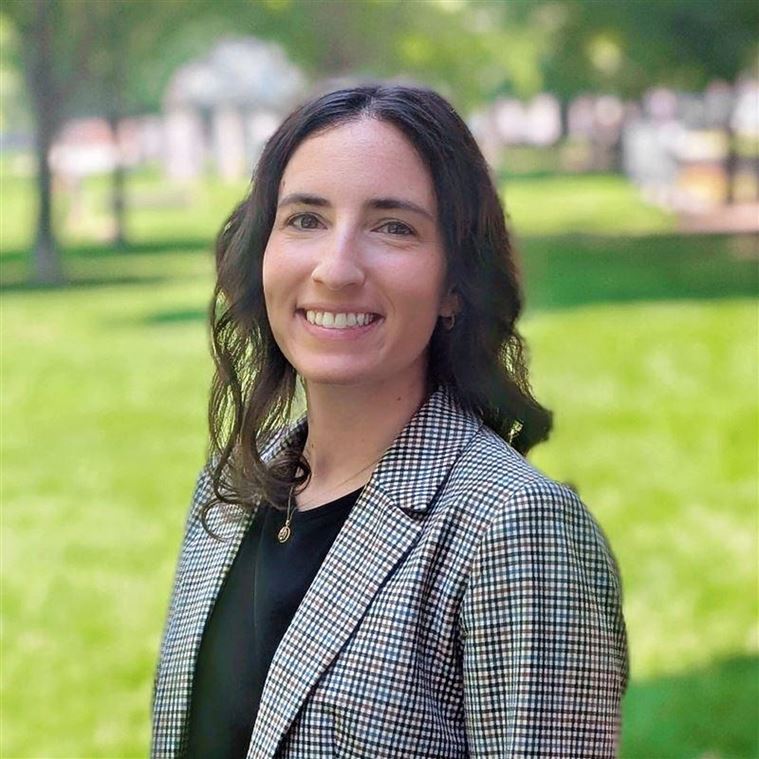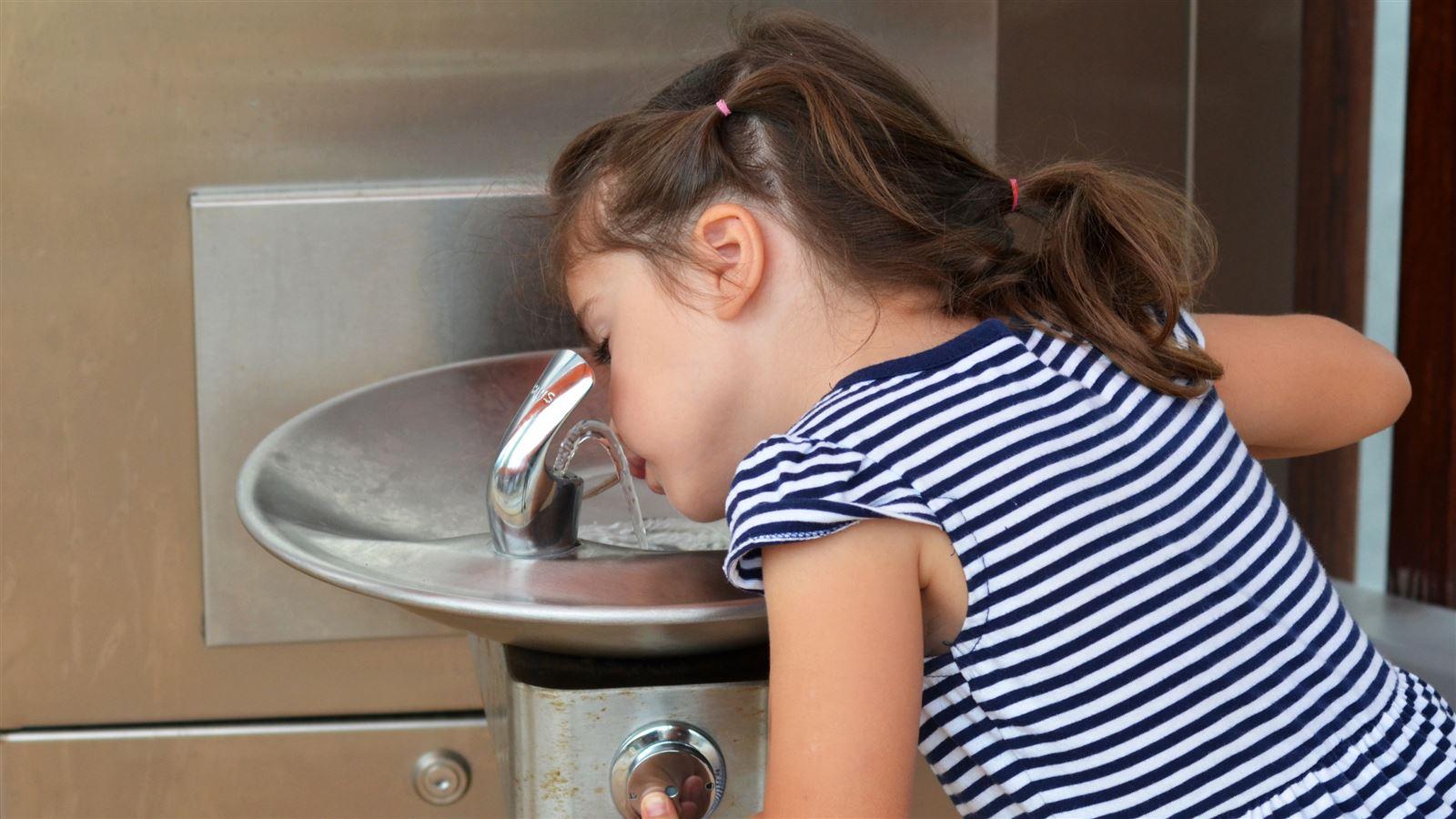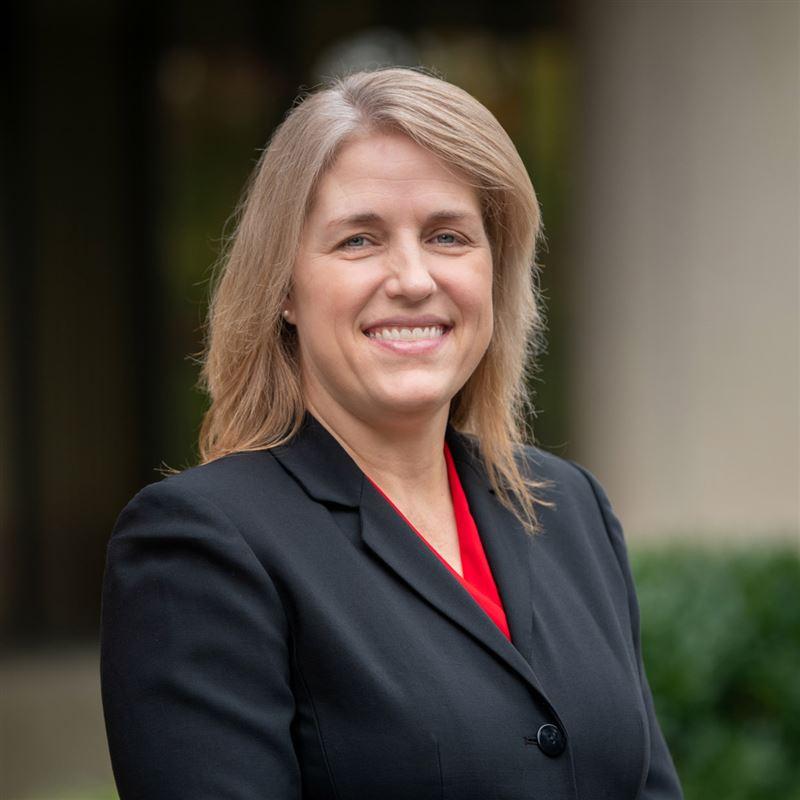Your Back-to-School Guide: LCRI School and Child Care Sampling
![]() A major part of the EPA’s 2024 Lead and Copper Rule Improvements (LCRI) requires community water systems (CWSs) to test for lead in drinking water at schools and child care facilities and to share results and health risk information clearly and quickly. While the 2021 Lead and Copper Rule Revisions (LCRR) introduced this concept, the LCRI modifies and clarifies the requirements. So, what exactly do community water systems need to do to comply?
A major part of the EPA’s 2024 Lead and Copper Rule Improvements (LCRI) requires community water systems (CWSs) to test for lead in drinking water at schools and child care facilities and to share results and health risk information clearly and quickly. While the 2021 Lead and Copper Rule Revisions (LCRR) introduced this concept, the LCRI modifies and clarifies the requirements. So, what exactly do community water systems need to do to comply?
Davida Judelson, MPH, leverages 10+ years of leadership in one of the nation’s largest public health departments to walk us through today’s key requirements and proven best practices.
who needs to be included?
By November 1, 2027, all community water systems (CWSs) must submit a list of all elementary and secondary schools and licensed child care facilities they serve. Schools and child care facilities that were built or had a full plumbing replacement on or after January 1, 2014 or the state-specific lead free act, are exempt from this requirement as long as the facility is not served by a lead, galvanized requiring replacement, or unknown service line. This list must be updated and resubmitted or certified as unchanged every five years.
Schools and child care facilities that do not receive water from a CWS, and are instead formally designated with their own stand-alone water supply (i.e. classified as non-transient non-community water systems (NTNCWS) by the EPA) are not included in the requirements described here.
what opportunities are available to help meet compliance requirements?
CWSs should evaluate if there are any existing state or local sampling programs which may exempt the CWS from certain sampling. Sampling activities that meet the LCRI requirements conducted between January 1, 2021 and November 1, 2027 may qualify for a waiver if approved by the state.
As part of the EPA’s Water Infrastructure Improvements for the Nation (WIIN) Act grants, the Voluntary School and Child Care Lead Testing and Reduction Grant Program provides funding, distributed through State Agencies, to schools and child care systems or sampling service providers, to address lead in drinking water at schools and child care facilities. Sampling conducted under this program before the 2027 deadline can be used to meet LCRI sampling requirements and to remediate (e.g., fixtures, plumbing, etc.) for lead. Any facility participating under the WIIN program after January 2021, should qualify for a waiver. Schools and child care facilities should be encouraged to participate in the WIIN grant funded program, if available, as it may include comprehensive sampling at all fixtures being used for human consumption as well as resources for remediation of the fixtures as needed, something not required by the CWS’s program.
What should be prepared before sampling?
![]() Before sampling, a sampling plan should be finalized with a tracking system established for results and required communication. Water systems can also improve efficiency with digital tools that streamline sample kit ordering, tracking, and result reporting. For example, Trinnex’s leadCAST helps automate the logistics of large-scale sampling programs.
Before sampling, a sampling plan should be finalized with a tracking system established for results and required communication. Water systems can also improve efficiency with digital tools that streamline sample kit ordering, tracking, and result reporting. For example, Trinnex’s leadCAST helps automate the logistics of large-scale sampling programs.
By October 31, 2032, five years from the LCRI compliance date, CWSs must:
- Sample all elementary schools and child care facilities. CWSs must test at least 20% of all elementary schools and child care facilities that have not received a waiver each year. If a facility does not respond after two documented outreach attempts, the CWS can record it as non-participation.
- Sample secondary schools upon request. CWSs are not required to sample more than 20% of all secondary schools each year, and can rollover requests over 20% to the following year.
After October 31, 2032, CWSs must sample all schools and child care facilities upon request.
All sampling must follow the LCRI specified protocol:
- At each school, at least five samples must be collected from specific locations (e.g., water fountains, kitchen sinks, classroom outlets).
- At child care facilities, at least two samples are required, also from specific locations typically used for drinking or preparing food.
- All samples must be 250-milliliter first-draw samples taken from cold taps after 8–18 hours of stagnation (per EPA’s protocol).
It isn’t just about enforcing regulations—it’s about building trust, ensuring resilience, and safeguarding a vital public resource every single day.
How can systems use communication for successful programs?
Implementing a sampling program successfully requires strong coordination between water systems and education facility staff. Early and proactive outreach using plain language and visuals and offering multi-language materials can help to make sure that schools and child care facilities are informed and feel supported throughout the whole process.
CWSs must provide schools and child care facilities with public education materials about the health risks of lead, their eligibility for sampling, basic information about the testing program, and, following sampling, the results and guidance on what to do. Specifically: ![]()
- Yearly public education materials must be provided to all schools and child care facilities explaining the health effects, sources of lead, and steps to reduce exposure.
- Before October 31, 2032, schools and child care facilities must be provided with EPA-aligned educational materials about sampling for lead. Elementary schools and child care facilities must receive a proposed sampling schedule and secondary schools information on how to request sampling. After October 31, 2032, all schools and child care facilities must receive annual information on sampling for lead and how to request it.
- At least 30 days before sampling, information about how to prepare must be provided to the facility.
- No later than 30 days after receiving sample results, CWSs must share them with the facility and state and local health departments.
what are the reporting requirements?
In addition to the school and child care facility list and sample result reporting, described above, CWSs must submit annual reports to their state drinking water program starting January 30, 2029. These reports need to:
- Confirm a good faith effort was made to maintain an accurate list of school and child care facilities.
- Certify the required health risk and sampling information was delivered to all school and child care facilities.
- During the five years after the compliance date, summarize sampling activities including the school and child care facilities served by the CWS, the locations sampled, and any that declined or didn’t respond.
- Confirm results were shared with school and child care facilities and state and local health departments.
This reporting promotes transparency and keeps water systems in compliance with the LCRI.
what's the end goal?
Public education, sampling, and reporting goes beyond compliance. At the end of the day, water system, school, and childcare facility staff share a common goal to protect our kids. Each entity plays a role in increasing public trust and protecting water quality by engaging the community through simple communication tailored to the audience. CWSs, schools, and child care facilities can unite in the mutual purpose to protect public health.

I’m driven by the opportunity to address persistent challenges like lead contamination in drinking water, where science, policy, and public education intersect.







